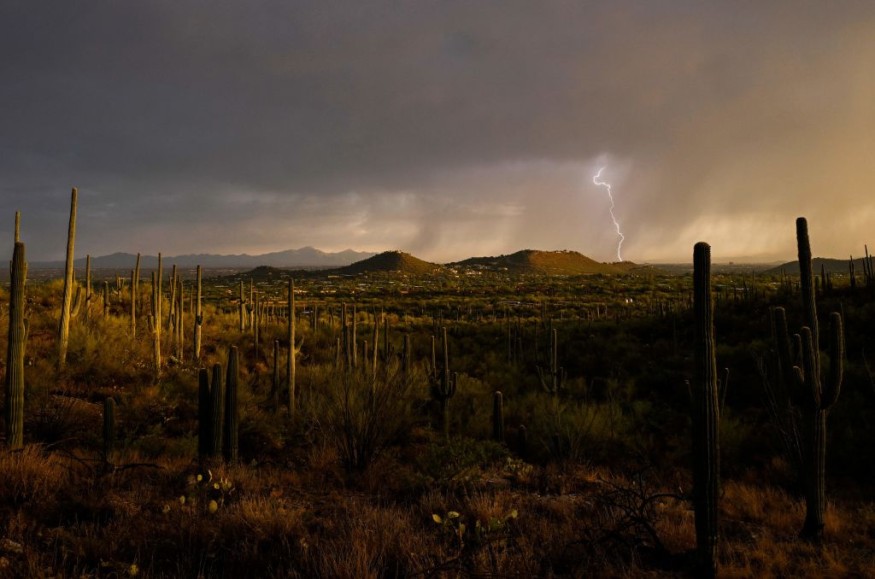
A new study suggests that lightning is the primary driver of wildfire ignition in boreal forests, which are crucial regions for storing carbon globally.
The frequency of wildfires is expected to rise as a result of climate change.
Lightning Fire
The research published in Nature Geoscience employed machine learning techniques to forecast the primary cause of wildfire outbreaks worldwide-whether they stem from human activity or 'natural' lightning strikes.
The algorithm's predictions were optimized using reference data from seven different locations around the world.
According to the experts, this is the first study to identify the global source of fire ignition.
77% of burned areas in intact extratropical forests are caused by lightning strikes, in contrast to fires in the tropics, which are usually started by humans.
Intact extratropical forests are ones that are nearly pristine, with small human populations and minimal levels of land usage, and they are predominantly found in the northern hemisphere's remote boreal forests.
Climate models were also used to study how the frequency of lightning strikes will alter as the world warms. Over intact extratropical forests, lightning frequency increased by 11 to 31% per degree of global warming, implying that climate change increases the likelihood of wildfire ignitions.
Lightning fires are larger, more intense, and completely limited to remote places and seasons of high fuel dryness compared to artificial fires.
Previous research by the team has revealed that fire-prone weather is becoming more common and strong as the temperature warms, implying that forests are becoming more combustible on a regular basis.
Synchronous increases in forest flammability and lightning strike frequency are a concerning warning that intact extratropical forests may confront an increased threat of wildfire in the future.
Read Also : Historic 2020 California Wildfire Smoke Darkened the Skies, Decreasing Solar Power Production
Carbon Dioxide Emission
Extratropical forests are important globally because they store huge amounts of carbon in plant and permafrost soils.
Permafrost underpins around 91% of these woods in the northern hemisphere. When fires occur in these areas, they generate significantly more carbon dioxide (CO2) and other greenhouse gases than in other areas.
Despite covering only around 1% of the Earth's land surface, fires in intact extratropical forests account for more than 8% of total CO2 emissions from fires worldwide.
Following a moderate emissions scenario, fires are expected to increase greenhouse gas emissions from permafrost thaw by 30% by the end of the century.
"Extratropical forests are globally important because they lock up dense stores of carbon in vegetation and soils, helping to keep CO2 out of the atmosphere and moderate global warming. However, when fires occur in these regions, they emit more CO2 per unit area than virtually anywhere else on Earth," said Dr. Jones, a Research Fellow whose work focuses on the carbon cycle and climate change.
The study shows that extratropical forests are vulnerable to the combined effects of a warmer, drier environment and a higher risk of lightning-caused fires.
Future increases in lightning ignitions threaten to destabilize huge carbon storage in extratropical forests, especially as climatic conditions in these locations become warmer, drier, and more fire-prone overall.
The study is timely considering Canada's record-breaking fire season in 2023, when fire emissions were more than four times higher than the norm from 2003 to 2012. According to preliminary statistics, lightning strikes have been common in Canada this year.
© 2025 NatureWorldNews.com All rights reserved. Do not reproduce without permission.





